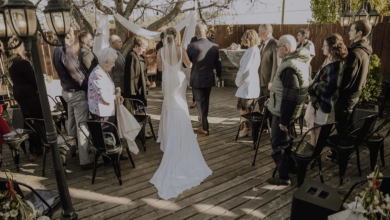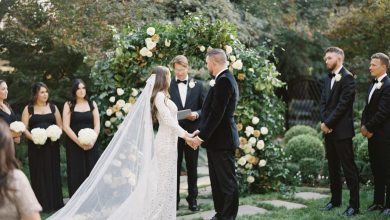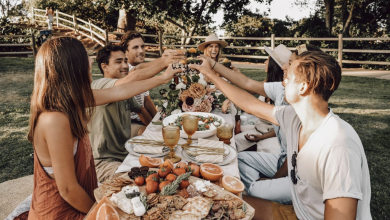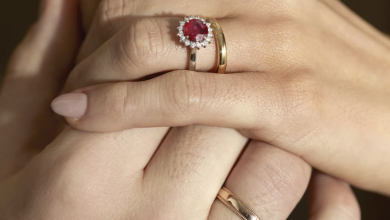Exploring Four Popular Wedding Superstitions and Traditions
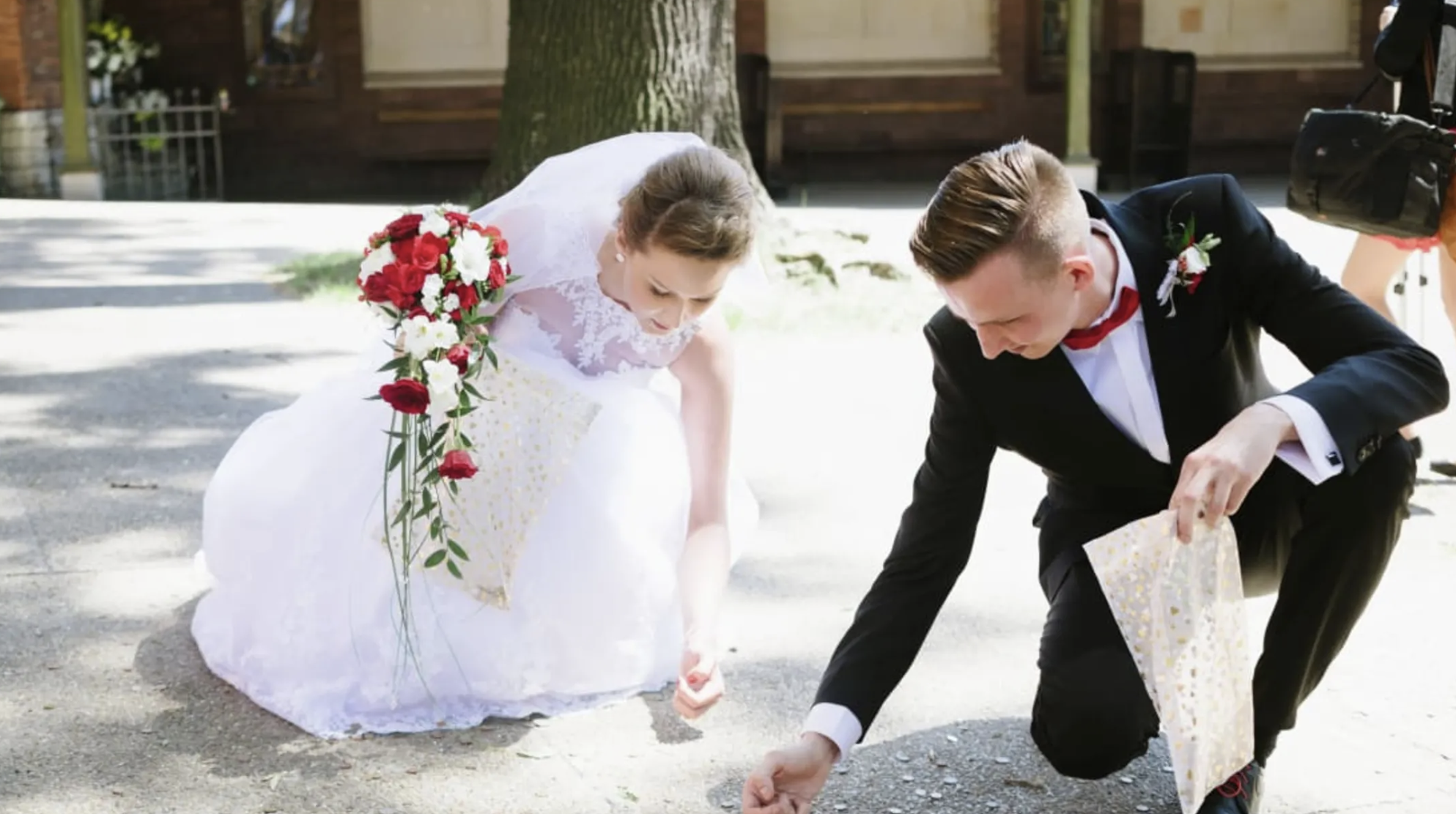
Weddings are rich tapestries woven from various traditions, each color, ritual, and word holding deep symbolic meanings. These customs are rooted in centuries of beliefs and practices that have evolved alongside society.
The Role of Superstitions in Weddings
Superstitions have shaped human culture from its inception, providing explanations for the inexplicable. In weddings, these superstitions have significantly influenced the customs and rituals we see today, embedding traditional practices with deeper meanings and intentions.
How Wedding Traditions Have Evolved
Over time, wedding traditions have undergone transformations influenced by social, cultural, and economic changes. This evolution has prompted many to rethink and often personalize age-old customs to better suit modern values and lifestyles.
1. Rain on Your Wedding Day
Contrary to the dread of many couples, rain on your wedding day is traditionally considered good luck. This belief stems from ancient Roman times when rain was seen as a harbinger of fertility and cleansing. This notion has endured, lending a positive spin to rainy wedding forecasts.
2. The White Wedding Dress
Originating in 1840 with Queen Victoria’s iconic wedding, where she donned a white gown, the white wedding dress became emblematic of bridal wear. Initially a symbol of luxury and later of purity in the Christian context, the white dress has dominated wedding scenes for centuries. Today, however, brides are increasingly choosing dresses in various colors and styles, reflecting their personalities and breaking from tradition.
3. Something Old, Something New, Something Borrowed, Something Blue
This charming rhyme dates back to the Victorian era and encapsulates wishes for the bride’s future. It combines elements of continuity, optimism, borrowed happiness, and purity. This tradition remains beloved, with brides creatively incorporating these elements into their wedding days.
4. Seeing Each Other Before the Ceremony
The tradition of not seeing one another before the wedding stems from the times of arranged marriages, where it was feared that a pre-ceremony meeting could lead to cold feet. Today, many couples choose to dismiss this superstition, opting instead for a “first look” moment before the ceremony. This modern twist allows them to share a private, intimate moment before the formalities, reflecting a shift towards more personalized and meaningful wedding experiences.
Embracing or Modifying Traditions
As societies evolve, so too do the interpretations and applications of wedding traditions. What remains constant is the desire to infuse these significant life events with personal significance and shared joy. Whether adhering to old customs or forging new ones, the essence of these traditions is to celebrate love, union, and the couple’s unique story.
